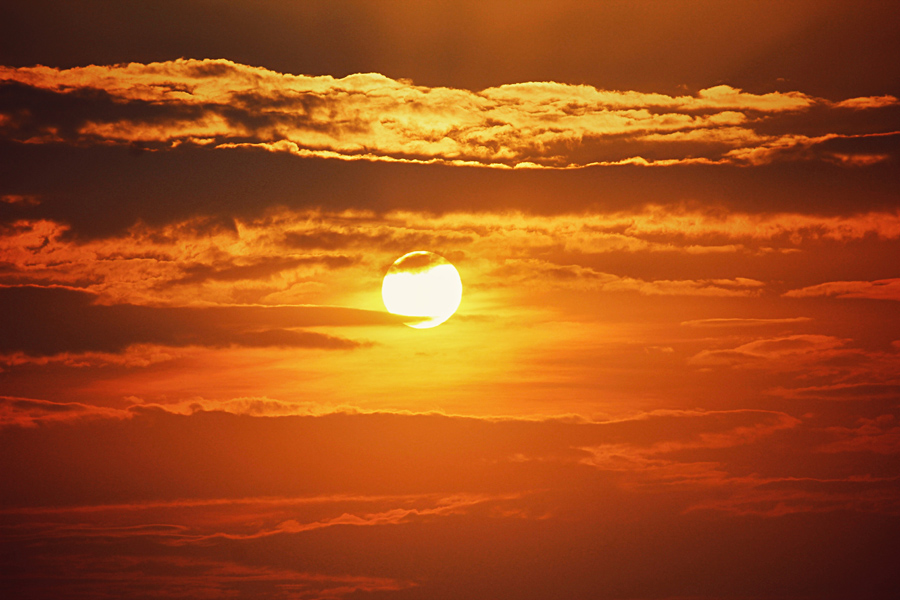
July means fun in the sun for many people. But with the beach and barbecue weather comes higher exposure to harmful Ultraviolet (UV) rays, which are the main cause of skin cells turning into cancer.
Taking extra precaution with your skin this summer is more important than ever, as the rate of skin cancer has increased dramatically over the last decade. According to the American Cancer Society, skin cancer is the most common cancer in the United States. More skin cancers are diagnosed each year than all other cancers combined.
As part of July’s UV Safety Month, let’s explore how UV radiation can cause skin cancer as well as ways to prevent overexposure to harmful rays. Yet we need some UV exposure to maintain vitamin D levels.
What is UV Radiation?
UV radiation is made up of UVA and UVB rays which can cause damage to the cells in the top layer of your skin called the epidermis. UVA causes aging, age spots, eye injury and cataracts and genetic damage to your skin, while UVB is also responsible for sunburns, the main risk factor for melanoma.
Although UVA and UVB rays can both harm skin and cause cancer, UVB rays are stronger and can lead to more damage.
Most people assume that too much sunlight is the sole culprit of harmful UV radiation. But tanning lamps and beds are also sources of UV rays and can put you at risk for skin cancer.
We can measure the harmful UV rays known as the UV index. This is a relative scale of UV exposure and the higher the UV index the greater risk of skin injury. Some studies suggest a UVI of greater than 3, others suggest a UVI of 6, are considered harmful and sun protection is advocated. However, the UV index can change throughout the day and it is important to understand that exposure time and skin type are important for predicting risk of skin injury. There are several phone apps that can report real time UVI: GlobalUV, uv2Day, and UV-indeks.
How to protect yourself this summer
Below we’ve listed 5 important steps to protect your skin as the weather heats up:
Wear Sunscreen
Everyone should use a sunscreen that is SPF 30 or higher every day, even on cloudy days (check the UV index). Choose a sunscreen that provides broad-spectrum coverage and is water resistant. Make sure to reapply every two hours and, if swimming, follow the directions on the bottle. And remember sunscreen acts as a filter and shouldn’t be your only line of defense against UV rays. Check out additional tips below to protect yourself.
Cover Up with Protective Clothing
Instead of shorts and short-sleeved shirts, opt for clothes that provide different levels of UV protection such as long-sleeved shirts, long pants, or long skirts. Colors can make a difference as well in your sun protection. Generally, the darker the color, the better the protection. If you can see light through a fabric, UV rays can get through, too. Wearing protective clothing also applies when swimming, so make sure to wear a swim shirt! They come in various styles and thickness, and are not only water-wicking but also feature a UV protection. Shade from building or overhang are effective sun protection. One study demonstrated that a beach umbrella is useful but not as effective for sun protection as good clothing or sunscreen.
Wear a Hat
Sometimes the best sun protection comes in the form of a hat. It is a simple way to protect your eyes, forehead, nose, and scalp. Even better to choose a broad-rimmed, 2- to 3-inch hat that covers ears and your neck!
Avoid Tanning Beds
Although tempting, tanning beds can cause just as much harm as the sun. Tanning beds and sun lamps can emit both UVA and UVB radiation. Their use has been linked to an increased risk of melanoma, especially if a person started using them before the age of 30, according to the American Cancer Society. Even if they feel safe, most doctors and health professionals would not recommend their use.
Know Your Risk
The more sun safety awareness you have, the better you can protect yourself. While skin cancer can affect anyone, certain factors can increase your risk. Depending on your sensitivity to the sun, you could have a higher risk for melanoma if you:
- Have lighter skin
- Have multiple atypical nevi or moles
- Large congenital moles
- A family history of melanoma or you had melanoma in the past
- A history of blistering sunburns
If you are at a greater risk for skin cancer, you should be extra vigilant with protecting your skin.
What to Do if you are Concerned about Skin Cancer
If you are concerned about your skin or have one or more risk factors for skin cancer, it is important to see your doctor (usually a dermatologist). Your doctor can perform a skin cancer screening and evaluate if you need further treatment. You can schedule an appointment for skin screening here.
If treatment is indicated, rest assured. Numerous clinical trials at the Saint John’s Cancer Institute have developed less invasive surgery for the treatment of melanoma. Our leading-edge melanoma treatment approaches provide personalized care and support services to help you improve your skin health and wellness.

